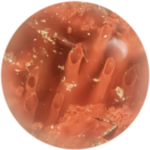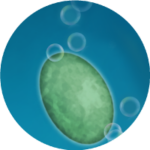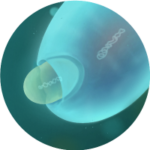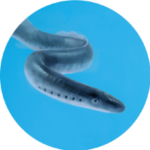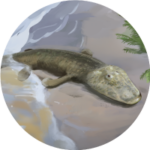Category: Waypoints
Kategorie für die Schilder / einzelnen Wegpunkte
Diese Kategorienbeschreibung wird in den meisten Themes bei automatischen Kategorienauflistungen angezeigt.
First Evidence of Life
First Cyanobacteria
Photosynthesis
Cells With Nucleus (Eukaryotes)
Supporting and Protective Skeletons
Vertebrates
Plants Come Ashore
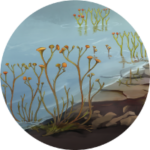
The first plants and insects conquer the land and many new species emerge. A tropical climate prevails, but the plants fundamentally change it: they bind carbon dioxide (a greenhouse gas) from the atmosphere, the temperature on earth drops. At the same time, the oxygen content of the atmosphere increases.









